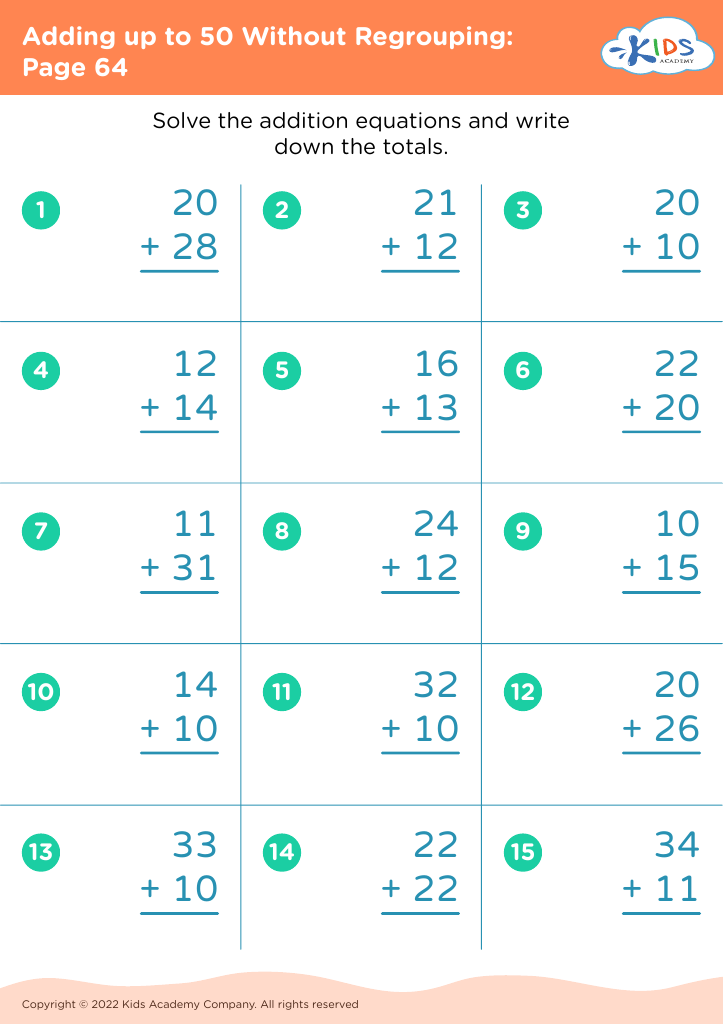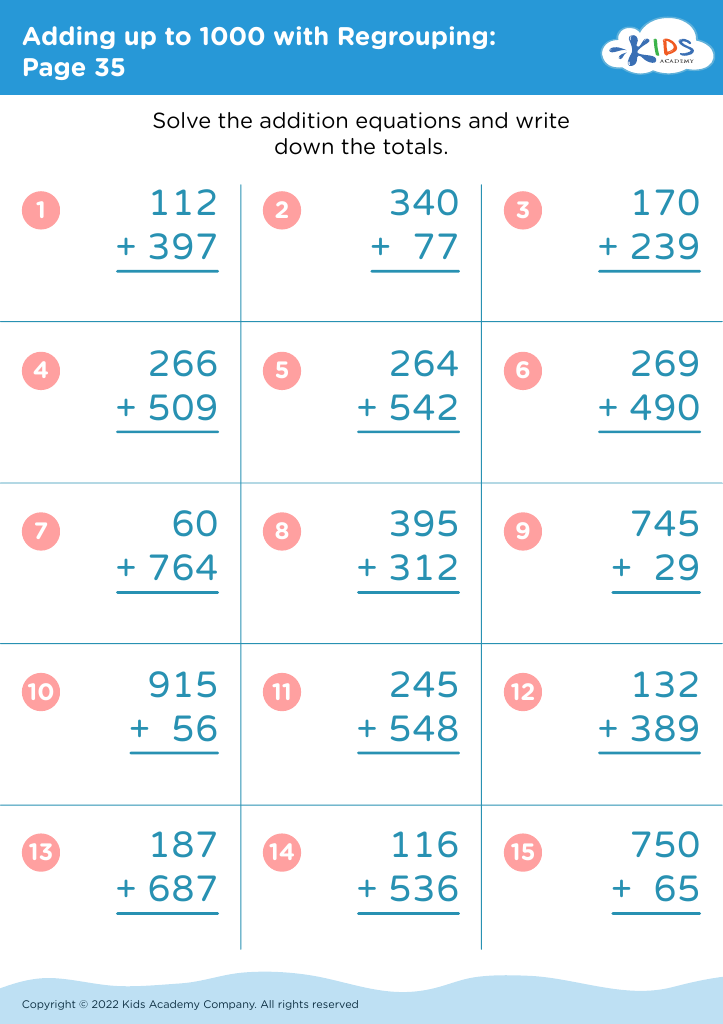Understanding pronouns Worksheets for Kids
2 filtered results
-
From - To
Question/Answer
How to test a Grade 2 student’s Understanding pronouns skills?
To test a Grade 2 student's understanding of pronouns, use a combination of methods: provide sentences with missing pronouns for the student to fill in, ask them to replace nouns in sentences with appropriate pronouns, and have them identify pronouns in given texts. This approach assesses their ability to use and recognize pronouns in context.
How to train the Understanding pronouns skill in Grade 2 students learning about Adding up to 50 Without Regrouping?
To train the "Understanding pronouns" skill in Grade 2 students learning about adding up to 50 without regrouping, incorporate pronouns in math word problems. Create stories or sentences where they have to solve addition problems, mentioning characters or objects using 'he,' 'she,' 'it,' 'they,' etc. This approach integrates literacy with math, enhancing comprehension of both pronouns and addition concepts.
How does the mastery of the Understanding pronouns skill affect a student's performance at an early age?
The mastery of the Understanding pronouns skill at an early age significantly enhances a student's reading comprehension, writing clarity, and overall communication skills. Early proficiency in this area helps in grasping complex sentence structures, improving the ability to express thoughts coherently, and facilitating smoother interpersonal interactions, thereby positively impacting academic performance and social development.




.jpg)
.jpg)
.jpg)







